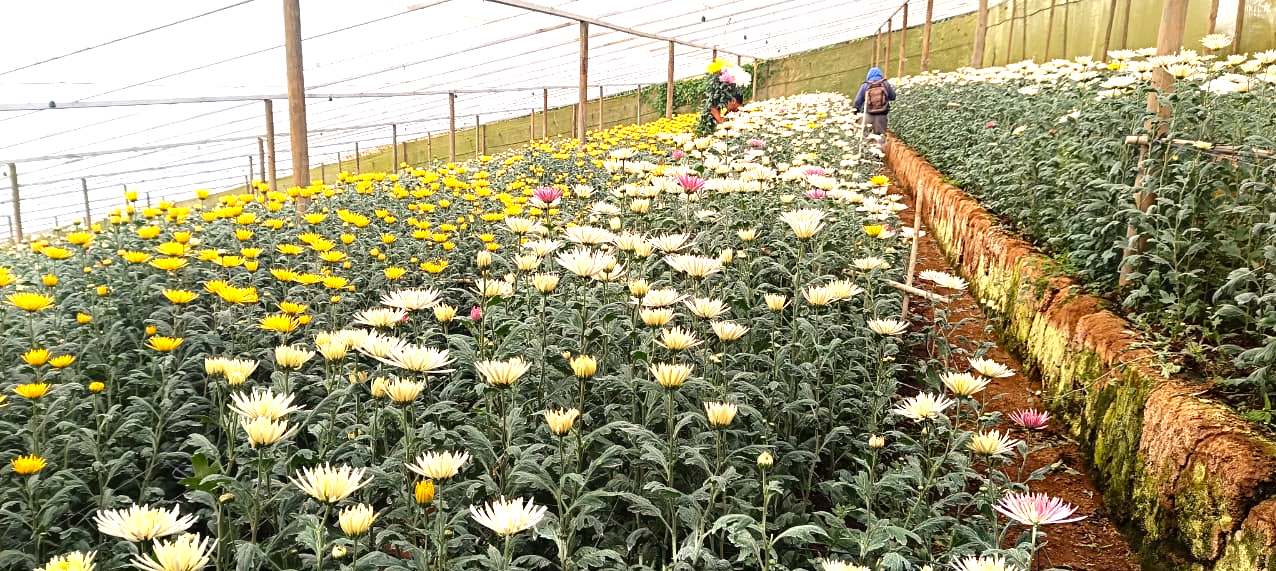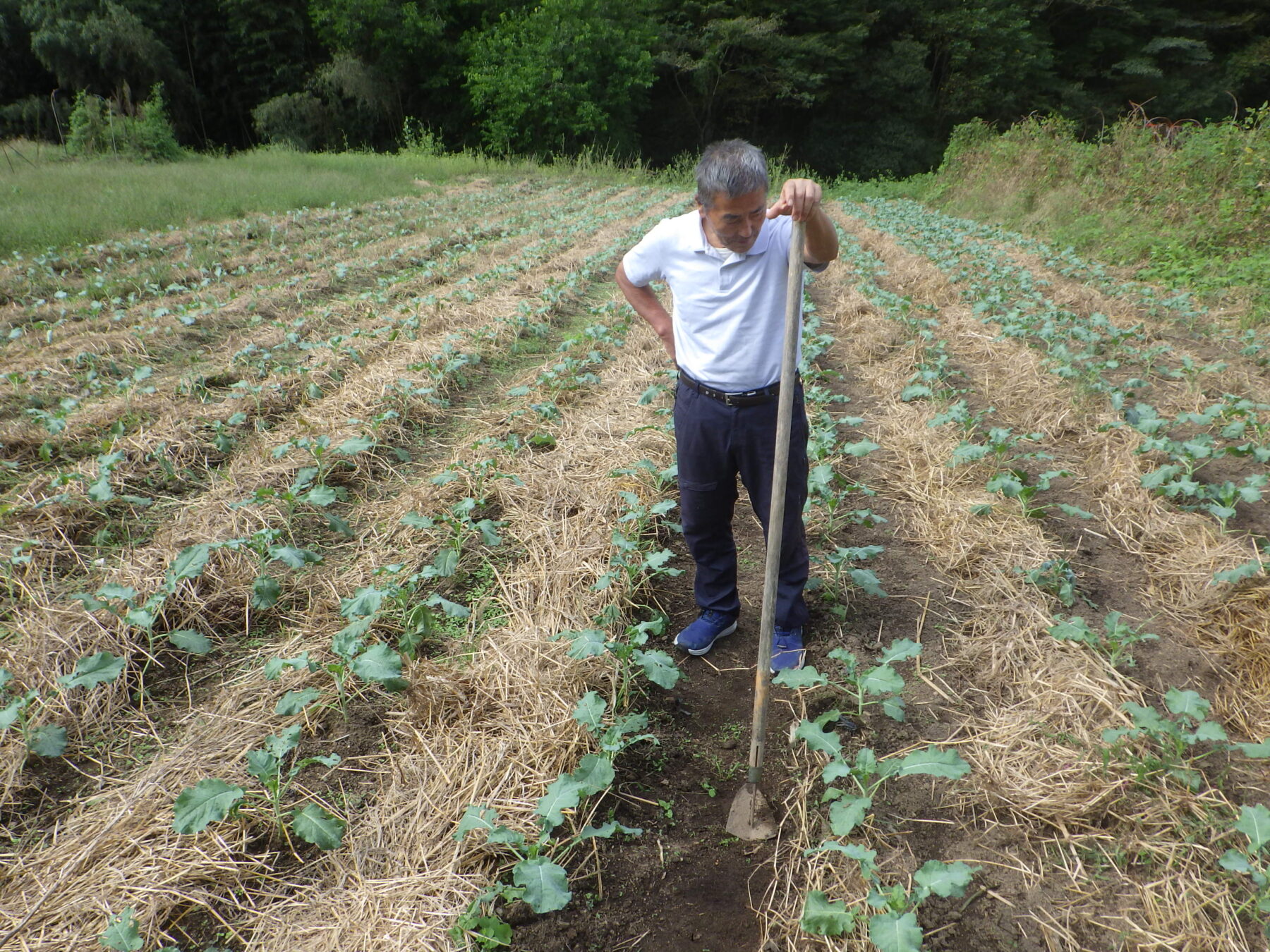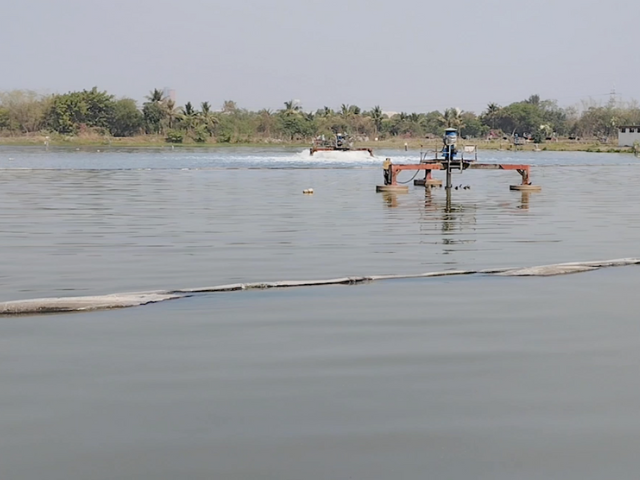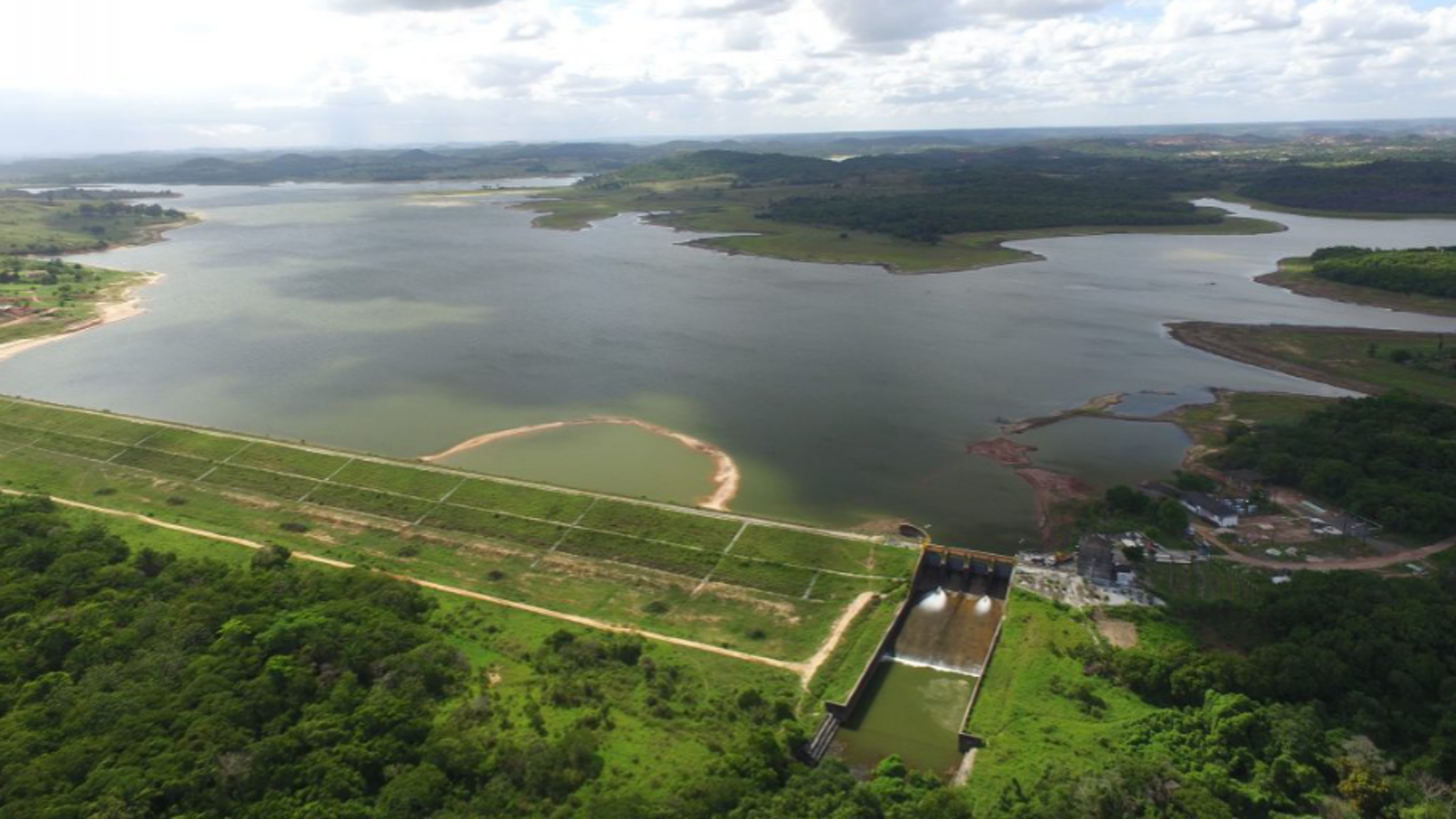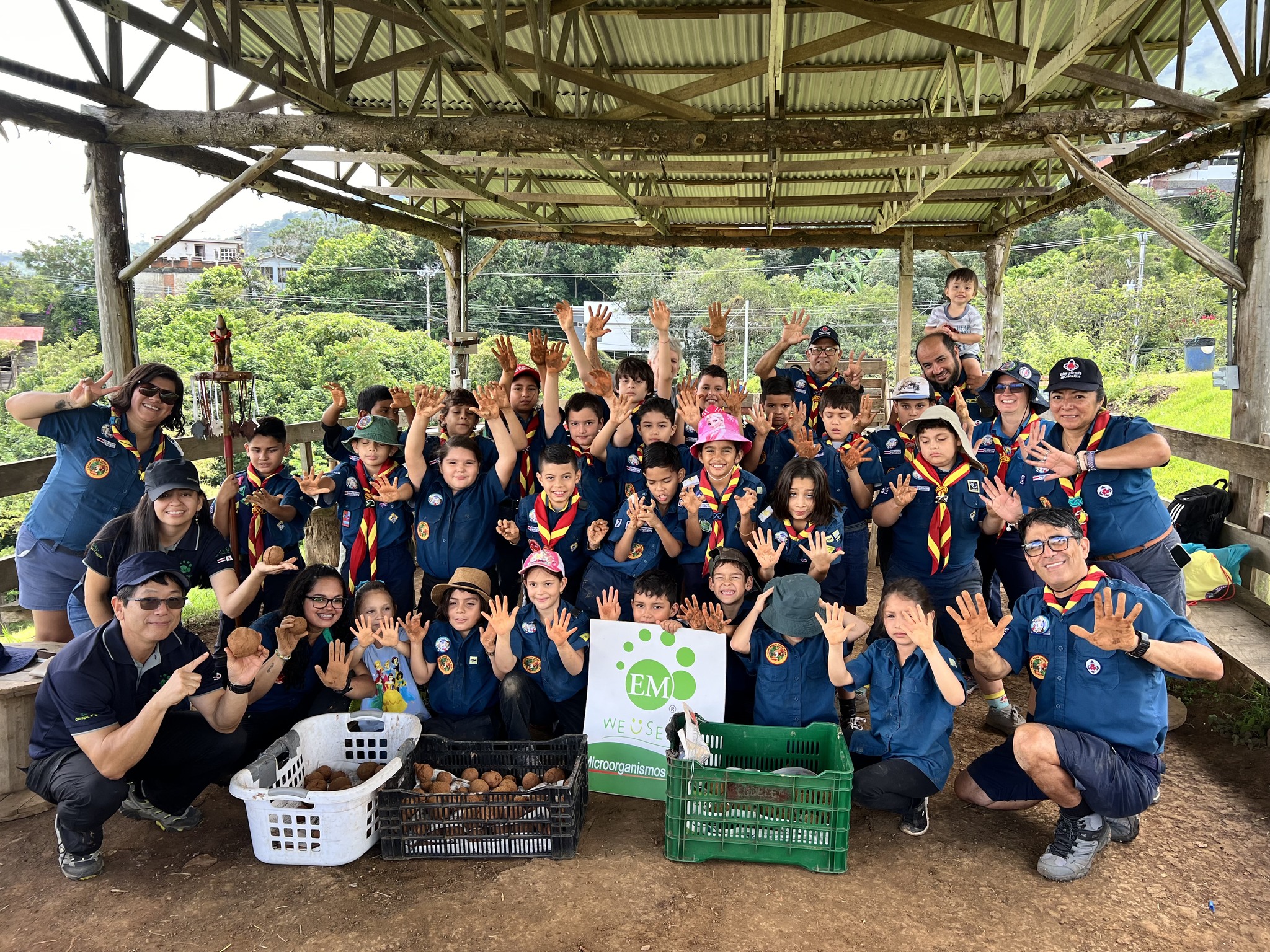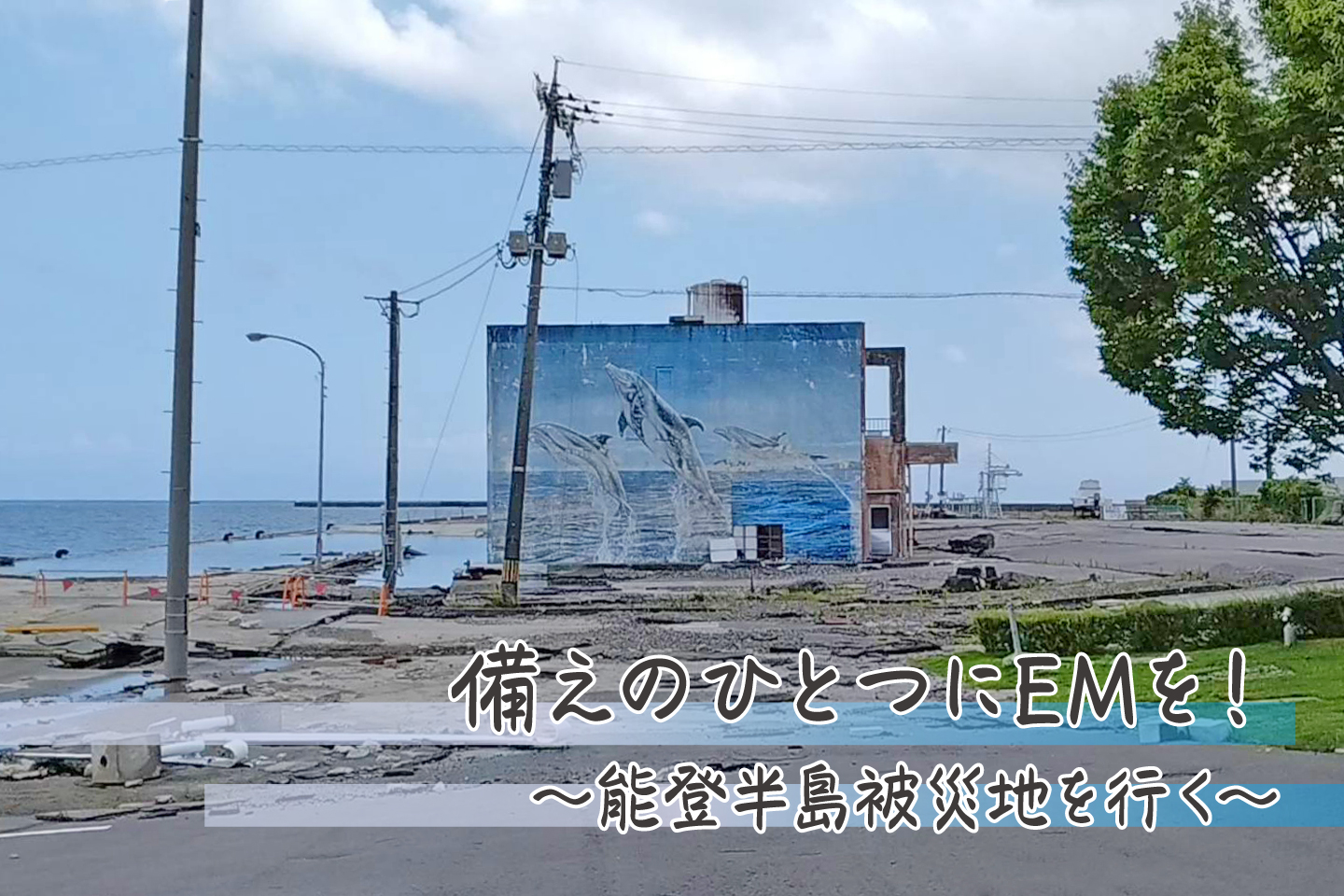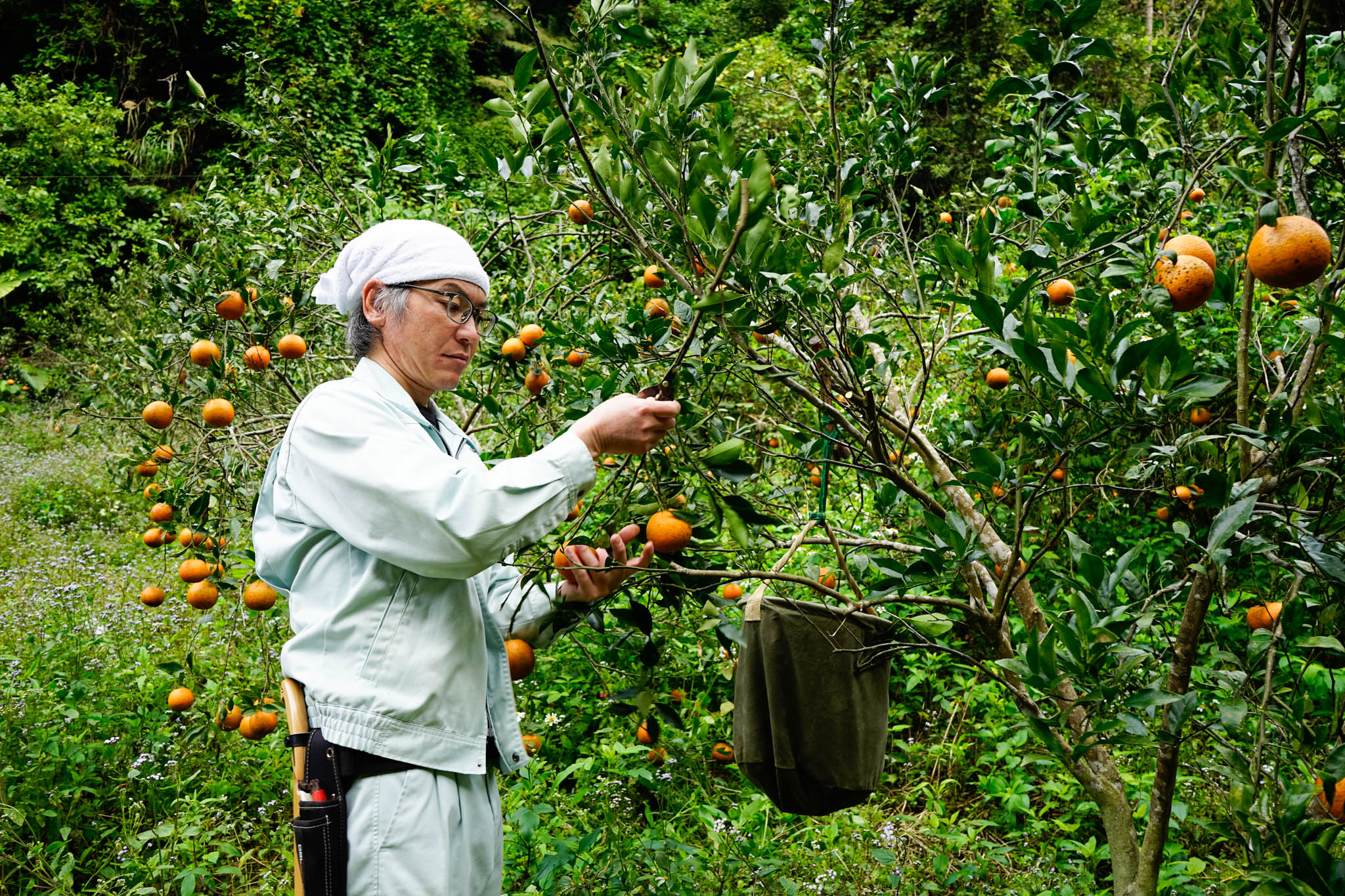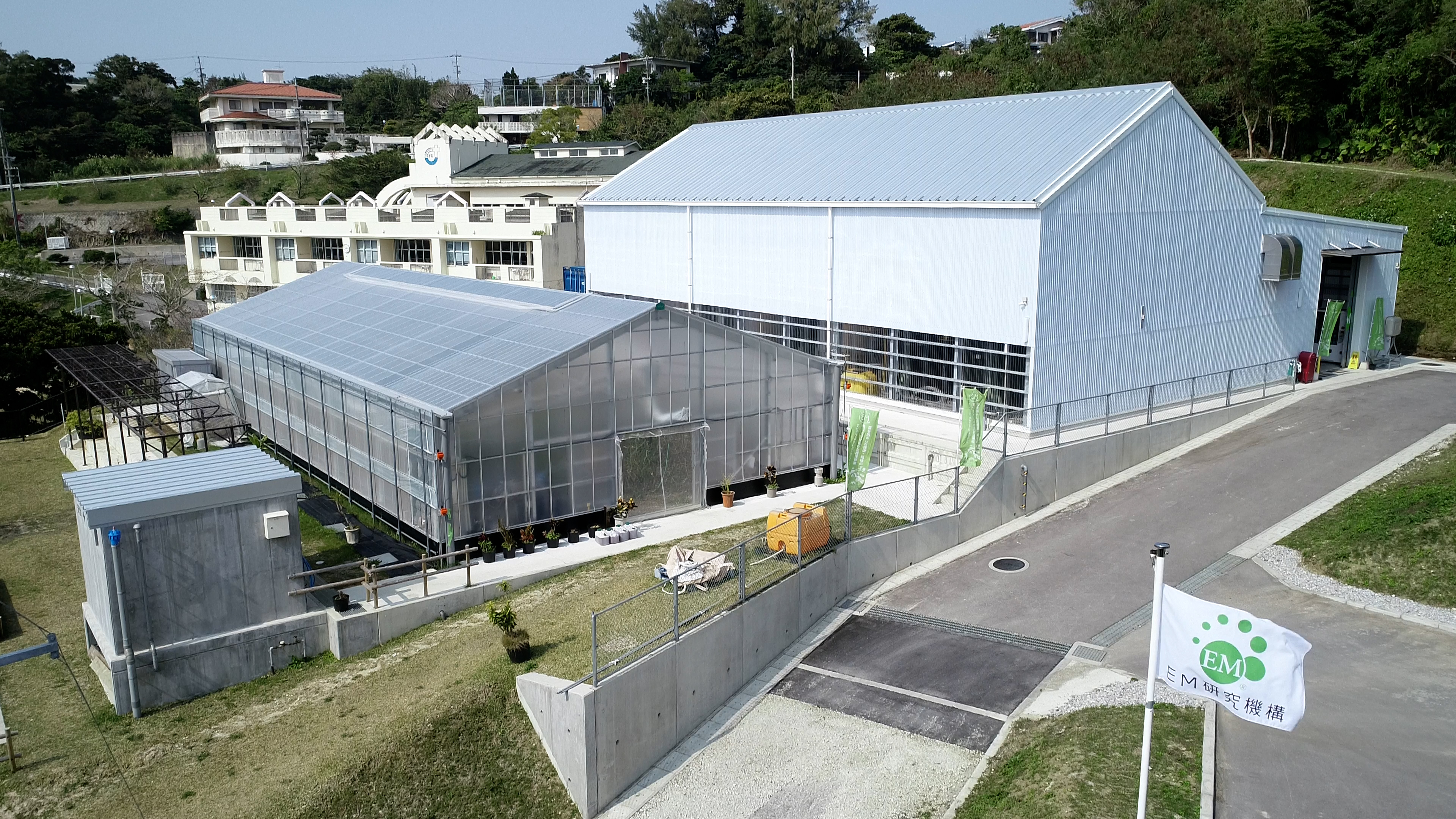Case Studies
Drinkable Water at City Library Bathroom
Uruma, OKINAWA, Japan
The Purification System - General Information:
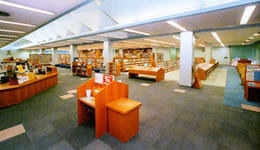
It is a conventional combined septic tank with a long aeration process due to the exposure of activated sludge.
After adding EM・1 into the septic tank, the treated water is filtered through sand filter and next it is accumulated at the storage tank. The filtered water is conducted to the elevated tank and used for water irrigation excluding drinking water. Waste water from toilets including water from hand washing and drainage is all treated and recycled using EM technology.
After adding EM・1 into the septic tank, the treated water is filtered through sand filter and next it is accumulated at the storage tank. The filtered water is conducted to the elevated tank and used for water irrigation excluding drinking water. Waste water from toilets including water from hand washing and drainage is all treated and recycled using EM technology.
The Purification System - The detail
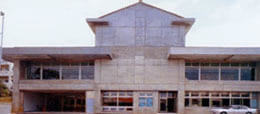
- Difference with conventional system:
Aerobic bacteria works as the main key during the activated sludge treatment. Also needs to increase the dissolved oxygen necessary to aerate for a long term.
The EM treatment uses the anaerobic bacteria as the key so that it is a very simple process adding EM and no specialized equipment is needed.
- Dose of EM:
On February 1991, 14L of EM・1 had been poured directly into the grit tank, raw water, regulating tank. Then 3L of EM・1 was applied in intervals of 3 months totaled 12L per year.
- Effects of EM:
Reduction of sludge
The space velocity in the aeration tank is approximately of 5%
- Water quality:
Influent quality control standard is: BOD 20ppm and SS (suspended substances) 50ppm.
However, the test results were BOD 3.9ppm and SS 1.8ppm.
Almost no coli forms were detected and the EM control effect on coli forms was clearly proved.
Figure 1 Comparison within Tap Water and EM treated water (sampled 14 May, 1991)
- Elimination of Nitrogen and phosphorus:
More than 75% of Nitrogen ansd phosphorus are eliminated during the EM treatment.
It is estimated that EM decomposes the organic matter meanwhile the nitrogen is eliminated into the air and the phosphorus is incorporated into the microbes.
Figure 2 (Unit: mg/L)
Aerobic bacteria works as the main key during the activated sludge treatment. Also needs to increase the dissolved oxygen necessary to aerate for a long term.
The EM treatment uses the anaerobic bacteria as the key so that it is a very simple process adding EM and no specialized equipment is needed.
- Dose of EM:
On February 1991, 14L of EM・1 had been poured directly into the grit tank, raw water, regulating tank. Then 3L of EM・1 was applied in intervals of 3 months totaled 12L per year.
- Effects of EM:
Reduction of sludge
The space velocity in the aeration tank is approximately of 5%
- Water quality:
Influent quality control standard is: BOD 20ppm and SS (suspended substances) 50ppm.
However, the test results were BOD 3.9ppm and SS 1.8ppm.
Almost no coli forms were detected and the EM control effect on coli forms was clearly proved.
Figure 1 Comparison within Tap Water and EM treated water (sampled 14 May, 1991)
| Tap water | EM treated water | EM treated+sand filtration water | |
| Sampled Time | 10:55 | 11:00 | 11:00 |
| pH | 7.0 | 7.2 | 7.3 |
| SS (MG/1) | 84.0 | 1.8 | <1.0 |
| BOD (mg/1) | 80.0 | 3.9 | 1.6 |
More than 75% of Nitrogen ansd phosphorus are eliminated during the EM treatment.
It is estimated that EM decomposes the organic matter meanwhile the nitrogen is eliminated into the air and the phosphorus is incorporated into the microbes.
Figure 2 (Unit: mg/L)
| Sampled Date | T - N | T - P | ||
| Tap water | Effluent water | Tap water | Effluent water | |
| November 1991 | 67.0 | 19.5 | 8.25 | 2.00 |
| April 1994 | 64.0 | 8.2 | 3.95 | 1.01 |
The Purification System - The cost and safety
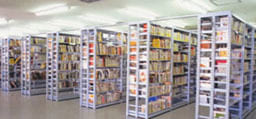
- Savings
The cost of water for the first year (1991) was 60,000 yen (USD 600) while the prior year was of 1,200,000 yen (USD12,000). Applying EM the cost reduced in 20 times.
In 2003, the budget was fixed and reduced to 75,000 yen.
- Running cost:
Cost of 12L of EM applied is approximately of 30,000 yen.
The electric bill down to 1/12 of the cost that will be incurred with a 24 hours aeration time.
The aeration motor’s lifetime will last longer.
- Safety:
The EM treated water has almost no coli forms so that is safe to be used in irrigation or draining. Amino acids and organic acids produced during the EM decomposing process have antioxidant effect that helps to prevent degradation of metal structures and consequently maintain the equipment in perfect condition for a long term.
No particular upgrade was needed in the EM septic tank, therefore the total cost was limited to construction expenses for setting pipes and the pomp.
- Use of EM Treated Water
EM contributes to saving water by making a good recycling of sewage water.
EM treated water is used for irrigation except drink water and hand-wash water.
Toilets are easy to clean since EM recycled water helps in reducing molds and helps to easy remove of other matters.
It is also used in watering plants helping their healthy growth.
Since EM treated water helps to prevent rusting, it is also used to cleanup cars and windows.
The carpets of the first and second floors are washed with EM treated water and after drying in shade they are mold-free and removed malodors as well as tick or other harmful insects.
The cost of water for the first year (1991) was 60,000 yen (USD 600) while the prior year was of 1,200,000 yen (USD12,000). Applying EM the cost reduced in 20 times.
In 2003, the budget was fixed and reduced to 75,000 yen.
- Running cost:
Cost of 12L of EM applied is approximately of 30,000 yen.
The electric bill down to 1/12 of the cost that will be incurred with a 24 hours aeration time.
The aeration motor’s lifetime will last longer.
- Safety:
The EM treated water has almost no coli forms so that is safe to be used in irrigation or draining. Amino acids and organic acids produced during the EM decomposing process have antioxidant effect that helps to prevent degradation of metal structures and consequently maintain the equipment in perfect condition for a long term.
No particular upgrade was needed in the EM septic tank, therefore the total cost was limited to construction expenses for setting pipes and the pomp.
- Use of EM Treated Water
EM contributes to saving water by making a good recycling of sewage water.
EM treated water is used for irrigation except drink water and hand-wash water.
Toilets are easy to clean since EM recycled water helps in reducing molds and helps to easy remove of other matters.
It is also used in watering plants helping their healthy growth.
Since EM treated water helps to prevent rusting, it is also used to cleanup cars and windows.
The carpets of the first and second floors are washed with EM treated water and after drying in shade they are mold-free and removed malodors as well as tick or other harmful insects.
